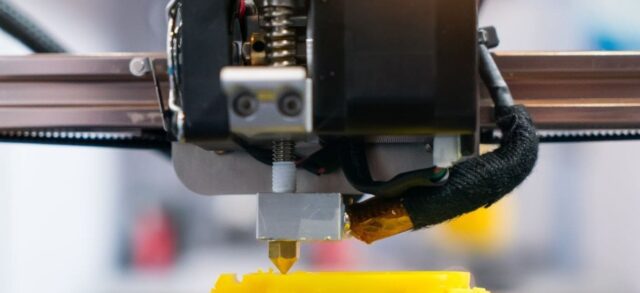
Veterinary medicine has witnessed tremendous growth thanks to rapid technological advancement. Today, veterinarians have access to various tools and resources that transform how they learn and stay up-to-date with the latest developments in the industry. In this post, you will learn how technology is transforming continuing education in veterinary medicine. So, read on.
Page Contents
Virtual Reality and Simulation

Thanks to virtual reality (VR) and simulation technology, teaching and practicing veterinary medicine is now a breeze. With VR technology, you can immerse yourself in a simulated environment that resembles a real-life scenario. This learning allows you to practice your skills in a safe and controlled environment, ultimately enhancing your technical ability and developing your confidence and decision-making skills.
It is also worth noting that a simulator offers you the chance to enhance problem-solving and critical thinking skills, as it often replicates sophisticated cases and emergencies. This training can significantly improve the quality of care you offer clients.
Attend Medical Conferences

The rise of medical conferences from reputable platforms, such as Coat Connect, has significantly expanded the range of educational prospects available to veterinary experts. These online medical conferences offer various courses covering basic and advanced veterinary medicine topics. Thanks to these platforms, you can access the latest information and training in the veterinary world, irrespective of your physical location.
Additionally, online medical conferences offer a phenomenal opportunity to engage with experts worldwide. Thanks to the interactive online sessions, you can ask questions, engage in discussion, and receive feedback. This feature expands your knowledge base and lets you create a professional relationship that might lead to future partnerships and collaborations.
Social Media and Online Communities

Social media platforms like Facebook and Twitter offer a means of connecting with colleagues, sharing knowledge, and accessing the latest news and research. On the other hand, online communities such as VIN (Veterinary Information Network) offer you a platform to ask questions, seek advice, and share your experiences with others in the field. With these offerings, you can enhance your knowledge and skills and foster a sense of community and support within the veterinary industry.
Mobile Apps and Online Resources

Mobile apps and online resources are valuable learning tools for veterinary experts, offering instant access to the latest research, news, and diagnostic tools. This way, you can make a well-informed decision in your field. For instance, several apps offer instant access to a detailed database of veterinary drugs and dosages.
Still, there are applications with numerous courses and learning resources, and you can access them straight from a smartphone, tablet, or PC. Thanks to these resources, staying up-to-date with the latest developments in your field and offering professional care is easier.
How Technology Is Changing Veterinary Healthcare

Technology is transforming all life aspects, and veterinary medicine is no exception. Here are the crucial technological advancements that are advancing veterinary medicine:
Wearable Devices
Wearable devices have greatly revolutionized veterinary medicine, allowing you to monitor patients’ well-being and health 24/7. In addition to letting you know whether the patients are recovering as expected, you can identify any problems in their early stages.
Furthermore, with wearable devices, pet owners can track their animal’s health between appointments with a veterinarian. A wearable device comes into play if the pets have chronic health conditions or are at a high risk of developing them.
Telemedicine
Telemedicine has transformed veterinary care, as you can offer care from any location to patients needing easy access. It also lets you monitor patients closely, ensuring they get the best possible care. With telemedicine, you can seek advice from specialists globally, so you gain invaluable insights into rare, challenging, or complex cases.
3D Printing

3D printing, or additive manufacturing, is a significant technological breakthrough in veterinary medicine. It offers numerous possibilities for treating complex and challenging conditions. As a veterinarian, you can leverage 3D printing to create customized prosthetics and orthotics for animals, particularly in cases such as bone cancer that often necessitate limb amputation.
3D printing allows you to tailor prosthetics to suit every animal’s specific needs. You can also use it to create a 3D model of an animal’s internal organs, which is helpful in surgery preparation or deciding the best treatment course. As technology continues to evolve, the potential for additive manufacturing in veterinary medicine exists. And with time, you can expect more applications to emerge, further transforming the veterinary medicine industry.
Artificial Intelligence
Artificial intelligence (AI) comes in handy in veterinary medicine regarding diagnosis. With the ability to analyze big data, AI can help identify intricate patterns and then use this data to make informed diagnoses. As you can see, AI can be a game-changer in the veterinary field. It can speed up the diagnosis process and increase the diagnosis’ accuracy, leading to better treatment outcomes for animals.
The Parting Shot

In summary, the advancements in technology mentioned above are just the tip of the iceberg. You should expect to see innovative breakthroughs in the coming years. The future of veterinary medicine is looking bright, and it’s an exciting time for veterinarians and pet owners alike.































